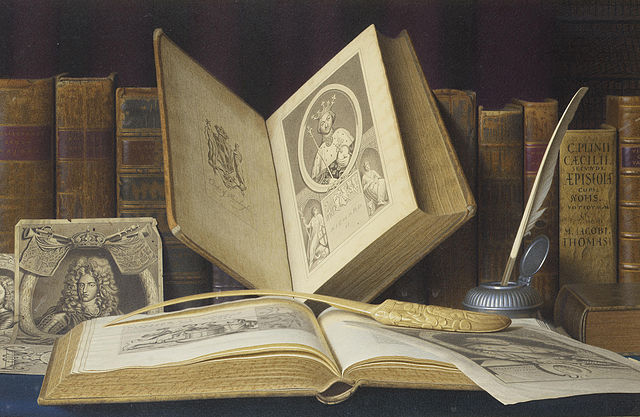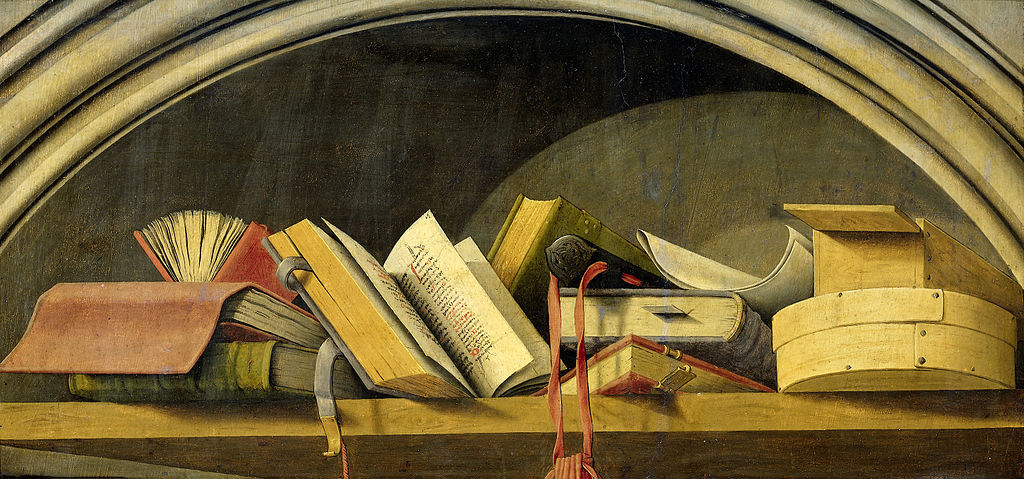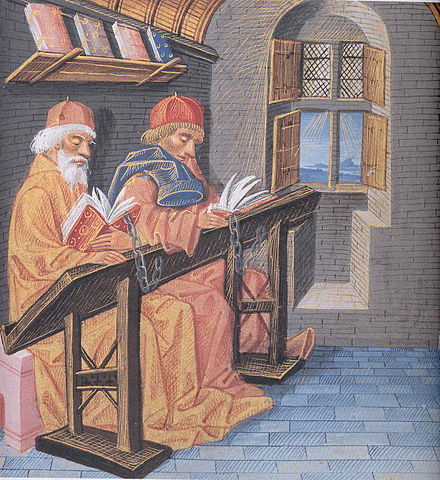
In 2014 The Bangkok Post reported that Thammasat University was the first educational institute in Thailand to introduce digital library services. E-books were available to be borrowed, in addition to over 1.4 million print items. The great advantage of e-books is their 24/7 aspect. If a student or ajarn decides it is essential to see an e-book at 2am or 3am, it is entirely possible to access it. In the same way, any technical problems encountered with accessing and reading books may be addressed by help desks on websites. Readers who use Adobe Acrobat to read e-books have 24/7 support from that company’s customer care department. Likewise, any of the major publishers of e-books and e-journals also provide online support, so the last-minute consultation in the middle of the night can be accompanied by expert advice and other help. Naturally, when the TU Libraries are open, our librarians are also happy to offer assistance about any technical difficulties. E-books can free our researchers and writers of theses from the absolute necessary to obtain a printed book. As The Bangkok Post observed:
Thammasat University students, lecturers, researchers and partnering universities are also allowed to reserve books and read content, reference books, theses, journals and articles available at the university’s libraries via library.tu.ac.th, making Thammasat’s the first digital library in Thailand. According to Srichan Chancheewa, the director of Thammasat University libraries, the objective is to make the service accessible for many, at a low cost. Return dates for electronic and print books are similar. In the case of e-books, the system automatically terminates access to the service 15 days after a book is borrowed. There are hundreds of thousands of e-books available and users are authorised based on their IP addresses. The service is valid for students and staff from Thammasat University and those from partnering universities such as Kasetsart University and Chiang Mai University… ‘Thammasat libraries are the first in Thailand and in Asean to have adopted the Koha system, which is used by most of the world’s leading libraries,’ said Srichan, who was recently appointed the chairperson of OCLC Asia Pacific Regional Council.

Since TU is a member of the OCLC WorldShare Interlibrary loan network (ILL), connecting over 70,000 libraries worldwide, any search may begin with the TU Libraries homepage. Entering a title or general subject heading and clicking e-books, readers will immediately be offered a choice of material. After choosing what to read, researchers have access on campus to all materials. To read e-books off campus, a special proxy access with a WiFi account is required at the link https://ezproxy.library.tu.ac.th/. Through mobile apps, TU library users can renew or request books in addition to laptop and desktop computers. The goal is to make TU Libraries more fully digital. Ajarns and students need no longer be physically present at the library to see all the books they need. Among leading e-book providers available at the TU Libraries are Unbound Medicine, Wiley, Science Direct, and Springer Link.
Other advantages of e-books.
Instead of photocopying a printed book, readers may print a certain number of pages of e-books – although most publishers will not permit library users to save or print an entire volume. Each publisher has its own rules about this and other matters, and they make them clear when materials are accessed. Making notes or observations about texts can also be an easier process. Instead of writing them by hand or on a separate word document on a laptop, they can be entered as part of the e-book being read, then saved and usually also printed. For anyone who must consult many books for a thesis or academic article, it can be a time-saver to automatically export any citation to EndNote, Zotero, or whichever citation manager is preferred. E-book publishers also offer the choice of many formats of citations, so whatever a publisher or thesis adviser has requested in terms of citation format can easily be followed without painstakingly typing each entry individually.
After the e-book has been borrowed.
Readers who borrow an e-book are informed when the item must be returned. Like most things on the internet, it is relatively easy for a reader to move through an e-book using navigation arrows. If an exact page reference is known, it is possible to go directly to a page that is needed. There is also a search function to find keywords throughout a book, another time-saving device. As with traditional books, it is always a good idea to look at the table of contents to decide what part of the book will be most useful for any given project.

Taking e-notes, printing, and downloading.
Readers who enjoy jotting down comments as they read may open a My EBSCOhost account to do so. When they are logged onto the account, written observations or reminders will be saved for the next session. If printing part of an e-book will be helpful, readers will be informed by each publisher what the limits are. E-books administered by EBSCO, for example, permit a single chapter or 5% of the book, whatever is more. Other e-book providers, protecting their copyrights, may not even allow this much to be printed. Downloading also depends on the individual publisher. Such publishers as Cambridge Books Online, SpringerLink and Wiley Online Library allow chapters to be saved as PDFs. Again using EBSCO as an example, Adobe Digital Editions must be installed on a PC or laptop for the e-book to be legible. Fortunately, Adobe makes it easy to download its products, so this should not be an obstacle. A Bluefire Reader app would be used on Android or iOS devices. Publishers generally inform readers what software is needed to read their e-books and what is possible to download and print. Remember that not every printed book is available in e-book form as yet.
Online or offline?
Readers may wish to decide whether to maintain internet access for reading e-books, for example if taking e-notes is of interest. Otherwise some e-books may be read offline as well. Internet browsers and Adobe Reader should be kept up to date. Offline readers will probably need Adobe Digital Editions as well, which can be easily obtained by signing in with an Adobe ID. Any time a problem arises, especially late at night or on a holiday, look for each company’s help desk contacts. They are there to help at all hours. If for some reason a username and password are not accepted, try choosing a new password to see if that will work. If not, then it may be an issue for the webmaster of each faculty to resolve. Some people will prefer to read books in larger format PCs, while others will appreciate the possibility of being portable by reading them on laptops or even cell phones. The TU Libraries have an active acquisition policy for e-books of interest to TU ajarns and students.

Some e-book FAQs:
- What if the Internet Explorer browser or another browser does not work for e-books?
- All browsers should work, but if there is a problem, try using a different browser such as Google Chrome or Mozilla Firefox.
- How long can an e-book be borrowed for?
- That depends on a number of factors. Try to borrow each e-book only for the number of days it is actually needed. If it turns out it is needed it for more days than initially thought, renewal is usually possible.
- What happens if a borrowed e-book becomes overdue?
- Don’t worry, there are no late fees to pay for an overdue e-book, since the program will just reclaim it. Still, it is a good idea to check when borrowed e-books are due and click on the return option when ready.
- If an ajarn or student has visual problems, can an e-book be adjusted to make it easier to read?
- Yes, some e-books offer the option of larger print and other features making them more accessible for people with visual impairment. Ebsco Host allows readers to zoom in to enlarge print characters. For screen magnification software and other assistance, contact TU’s Disabled Student Services department.
- What if the required e-book is not in the TU Libraries collection?
- Since the TU Libraries belong to the OCLC WorldShare Interlibrary loan network, inter-library loan should be possible. See the library website or contact a TU librarian for details.

(All images courtesy of Wikimedia Commons.)
